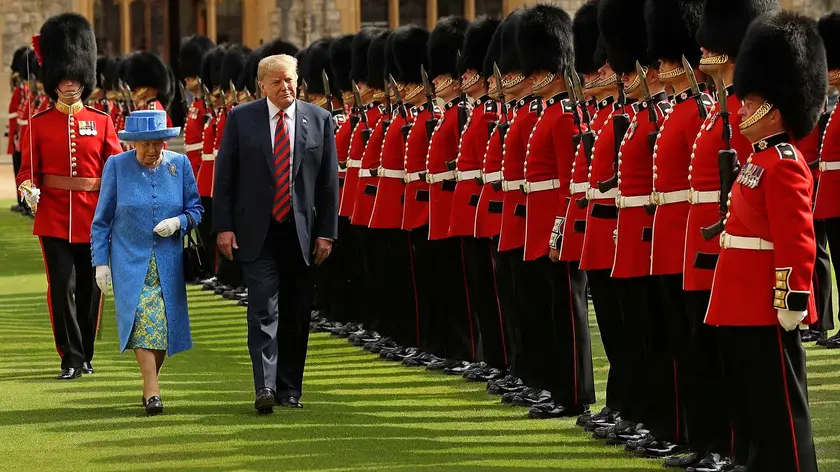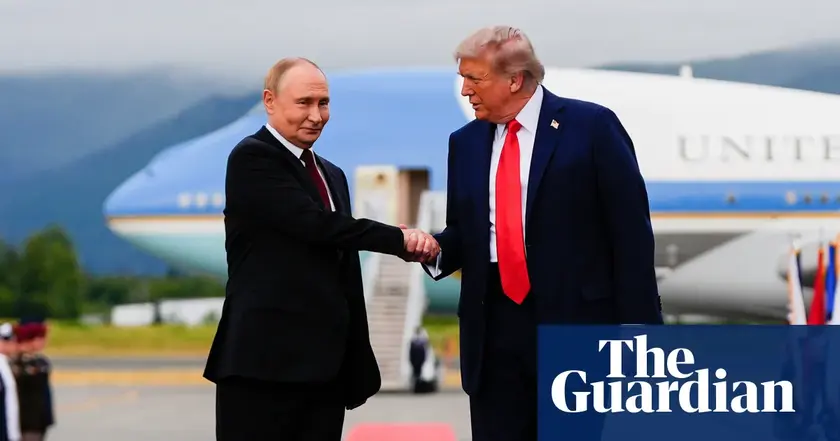T4K3.news
Royal diplomacy tested by Trump era reshapes ties
A new edition reveals how the monarchy navigates relationships with Trump era diplomacy and Canada, highlighting soft power and constitutional balance.

A new edition reveals how personal ties between the British monarchy and Donald Trump shaped diplomacy and exposed the monarchy’s evolving role.
Royal diplomacy tested as Trump era reshapes ties
Robert Hardman’s exclusive details in the new edition of Charles III The Inside Story shed light on how Donald Trump and the late Queen built a personal rapport that helped frame Britain’s soft power play. The Windsor meetings, including the 2018 tea in Windsor and the later remarks tying the Queen to Trump’s image, are presented as more than ceremonial moments. The article notes the Queen’s energy and composure, the extended visit that followed, and the long memory Trump carried of their rapport. It also covers the Notre Dame gathering in Paris and a late 2024 tilt toward a second State Visit, framed by diplomatic wrangling over timing, decorum, and formal invitations.
Looking forward, the piece casts the monarchy as a living instrument of Britain’s foreign policy, capable of signaling intent through ceremony and narrative. It traces how King Charles III navigates sovereignty and mutual respect in a world where Canada tests the Crown’s multi-jurisdictional role and where leaders like Sir Keir Starmer and Nigel Farage manage royal diplomacy alongside Washington. The Canada sequence is especially pointed, showing how a monarch’s address can press sovereignty while a prime minister pursues a foreign policy line. The overall takeaway is that the monarchy remains relevant, even as its diplomatic footprint grows more complex across nations.
Key Takeaways
"Trump did nothing wrong at all. He arrived exactly on time."
Senior royal staffer defending the handling of the greeting
"He was super charming, on his best behaviour throughout."
Royal staffer recalling the meeting
"This has never happened before This is unprecedented."
Sir Keir Starmer on the invitation for a second State Visit
The article treats the monarchy as a strategic, rather than purely symbolic, actor in foreign affairs. It highlights a careful balance: honor tradition while shaping modern narratives about sovereignty and enough independence to avoid becoming a partisan tool. The Canada episode exposes a constitutional tension, the doctrine of the divisibility of the Crown, when the King speaks for more than one realm with potentially divergent political aims. At the same time, it shows that personal diplomacy still matters; a cordial rapport can soften tough negotiations and influence public perception more than a single policy gesture. The piece also suggests that traditional etiquette remains a form of soft power, capable of signaling restraint and legitimacy on the world stage. The question this raises for observers is whether a modern monarchy can stay above political fray while still serving as a credible bridgehead for national interests.
Highlights
- Soft power wears a crown not a loud proclamation
- Etiquette is diplomacy's stealth weapon
- History notices the quiet not the noise
- Diplomacy tests the crown in quiet rooms
Royal diplomacy faces political backlash
The piece centers on royal engagement with a controversial U S president and cross border relations, raising potential political backlash, public scrutiny, and perceptions of the monarchy as a political actor. It could inflame debate among different political camps and influence public sentiment about the role of the Crown in state affairs.
The crown endures by balancing ceremony with responsibility in a fast changing world.
Enjoyed this? Let your friends know!
Related News

Russia Builds a Wartime Edge

Tariffs reshape global south alliances

Trump Route linked to Caucasus peace talks

Trump Putin Alaska Summit

SCO summit tests regional ties

Denmark summons US envoy over Greenland influence campaigns

Doha strike tests Gulf mediation

Trump era crypto boom reshapes wealth map
